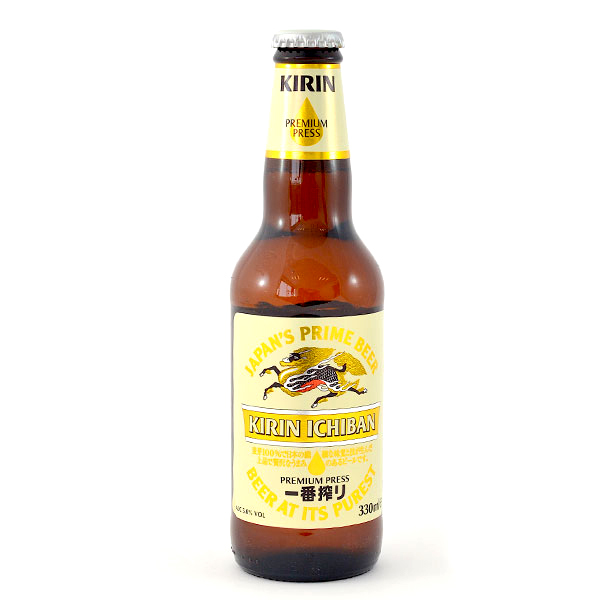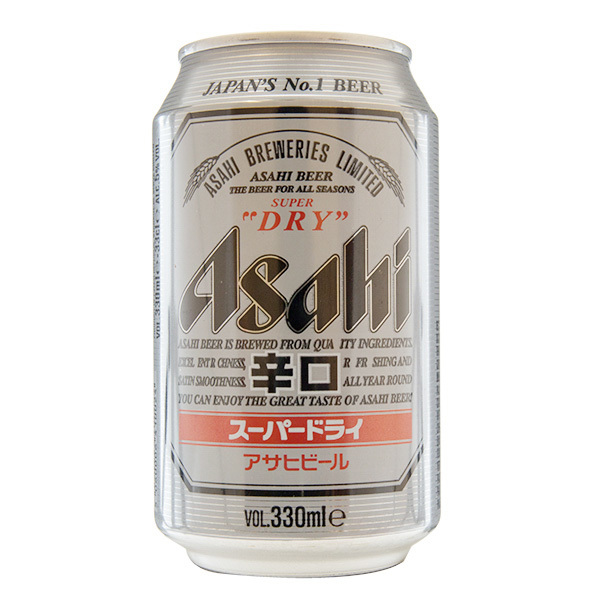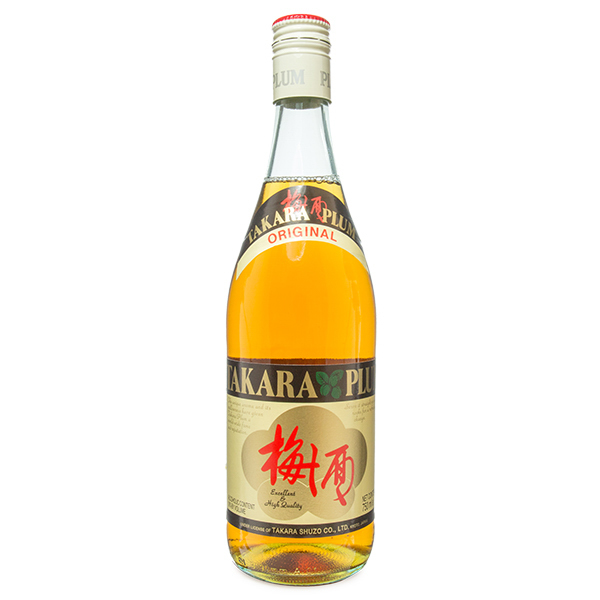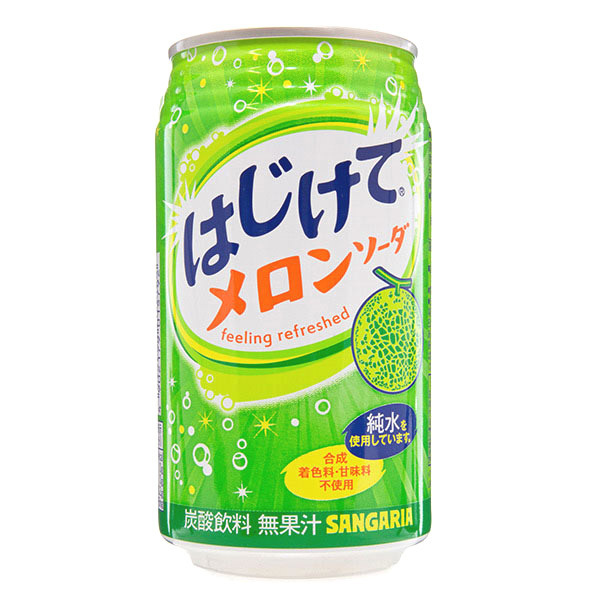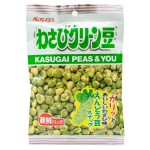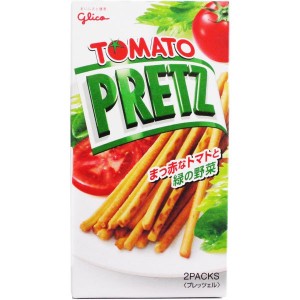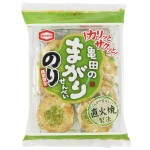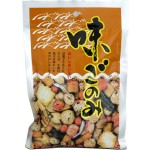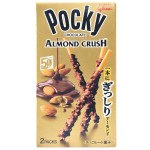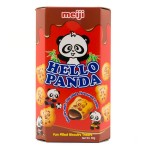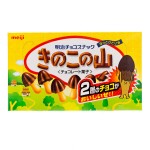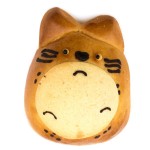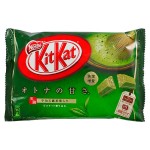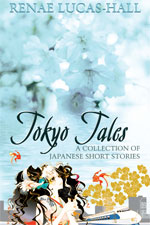As the 2020 Tokyo Olympics draw closer, Japan and the Japanese culture are garnering more and more attention in the West. Lots of students are learning Japanese at school and university, many young people enjoy reading manga or watching anime, others like to practise martial arts, and Japanese restaurants are opening in cities all over the world because everyone wants to eat delicious and healthy Japanese food.
The desire to visit Japan is often an extension of what young people have enjoyed growing up and they’ve developed their passion for Japan even further through social media channels. But why do so many people rave about Japan and why do so many Westerners decide to stay and live in this country for many years when the culture and the language are so different from their own? The answer may simply be their appreciation of Japanese values and how these values impress Westerners who spend time in Japan, even if they’re just visiting the country for a couple of weeks as a tourist.
Below are five values deeply ingrained into Japanese society. Each value makes an important contribution to the Japanese culture and everyone’s day-to-day life in Japan. Although some Japanese people would argue you need to be Japanese to truly appreciate these values, it’s still possible for Westerners to try and adopt them or simply acknowledge them in order to improve their communication skills and to cope in their daily lives. These principles and moral standards can also help Westerners to understand their own culture and why people behave in a certain way in their home country.
1. Mottainai (waste not, want not) deals with waste without regret. This Japanese word is gaining international recognition, partly due to the very popular children’s book Mottainai Grandma by Mariko Shinju, a bilingual book that teaches children to be resourceful and to think about the impact waste has on the universe.
One way stores and companies in Japan are adopting mottainai is by upcycling products and turning them into covetable items with market appeal. The NHK World TV program Tokyo Eye 2020 recently featured a retailer called Seal Omotesando Honten. This fashion and apparel shop upcycles scrapped tire inner tubes and turns them into stylish and unique men’s bags and accessories.
Hopefully, this company’s success will encourage other Western entrepreneurs and well-known companies to look at different ways to upcycle and rethink waste in the future in countries outside of Japan.
2. Omoiyari is to notice and be considerate of others. I was really impressed by the kindness I received from the Japanese people when I taught English in Japan. When I was ill my students brought me medicine and made me delicious and healthy meals, my Japanese friends organized parties and hilarious karaoke nights when I was lonely and missing home, and strangers went out of their way to help me when I lost my way and I couldn’t find my destination. I can remember one Japanese lady I asked randomly in the street for directions in Ginza who actually led me to an eikawa school I couldn’t find, even though it took ten minutes out of her time. What struck me the most was the fact she was delighted to do this and she showed no signs of frustration or exasperation.
Sadly, I was working in an office in the UK and a young man in his early twenties on our team had unfortunately had an accident playing sport and he’d broken his leg. The doctor had told him his leg would probably need to be amputated. Three days a week, he’d arrive at work and only two other people on our team of twenty would ask him how he was feeling or show any concern, even though he would limp into work on crutches for several months looking utterly defeated.
Westerners are often accused of being confrontational and competitive. Obviously, we need to stand up for the values we believe in but we should embrace omoiyari and take more time to think of others. It’s actually very rewarding to reach out to others and help them if you can. It doesn’t need to be a grand gesture, it just needs to come from the heart. Even a friendly smile could make someone’s day!
3. Honne vs. tatemae are true feelings versus opinions and behavior we express in public. Westerners sometimes complain about the way Japanese people use tatemae or wear a mask to hide their true feelings in order to cover up their honne or real feelings and how this can be frustrating and leave a person feeling isolated and confused. However, some Japanese people say Westerners could benefit from using more tatemae in their lives and less honne. Just consider some of the reality programs dominating TV these days in Western countries. I’m sure you’ll agree some Westerners really need to rein in their opinions and stop flaunting themselves physically and emotionally on television for the whole nation to see.
Western celebrities in the public eye who may have been praised in the past can be condemned to obscurity because of criticism and miscommunication on social media. If we were to express more positive honne and show more tatemae when we feel negative toward someone or something, especially on public forums, maybe life wouldn’t be so difficult for everyone, especially the young who sometimes feel very vulnerable when they’re online in a world where there are no boundaries.
4. Omotenashi – The Japanese company Kanebo Cosmetics defines omotenashi on their website as “the Japanese way of treating a guest. It blends a welcoming spirit with warmth, understanding, and above all respect. The concept is all encompassing.” We’ll certainly see this word omotenashi used a lot more in the media in the run up to the 2020 Olympics, although this interpretation of Japanese hospitality can sometimes be overused and written out of context. Nevertheless, omotenashi is definitely one of the values many tourists will appreciate and remember after they’ve visited Japan.
Retailers and restaurateurs from countries all over the world could benefit from a visit to Japan to develop a better understanding of omotenashi which they could customize to improve the customer service experience at their own establishments in their home countries.
5. Iki is inherently a stylish and fashionable aesthetic that represents everyday Japan. This value became popular in the late eighteenth century with the middle and lower classes during the Edo period, but it’s still an active part of the Japanese vocabulary today.
Books by Haruki Murakami are said to embody the spirit of iki. His characters and plot structures are transparent and straightforward, his writing style is neither poetic nor full of underlying themes, and there’s an obvious appreciation of natural beauty and behavior.
Kuki Shūzō was the first person to publish a comprehensive study of iki in The Structure of “Iki” (Iki no kōzō) in 1930. This research indicated iki has three elements: sensual allure, pride, and a sophisticated indifference toward one’s own attractiveness and capabilities in every aspect of life.
It’s not easy to apply iki to the Western world but one woman who comes close to representing this value is Kate Middleton before she became a royal. Her hair and makeup were always  natural, she had the everyday qualities that attracted Prince William, she had a slim physique, her style was never garish, superficial or coarse, she was neither common nor overly transcendental, and her sensual allure was always understated and discreet. All these attributes personify the principles associated with iki. Many Western and Japanese mothers would probably be very proud to have a daughter who behaves and looks like Kate Middleton in their private and public life.
natural, she had the everyday qualities that attracted Prince William, she had a slim physique, her style was never garish, superficial or coarse, she was neither common nor overly transcendental, and her sensual allure was always understated and discreet. All these attributes personify the principles associated with iki. Many Western and Japanese mothers would probably be very proud to have a daughter who behaves and looks like Kate Middleton in their private and public life.












